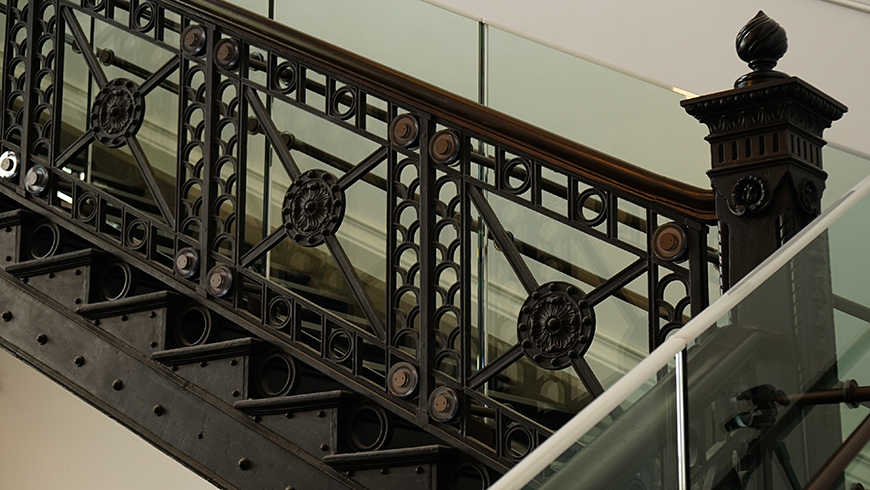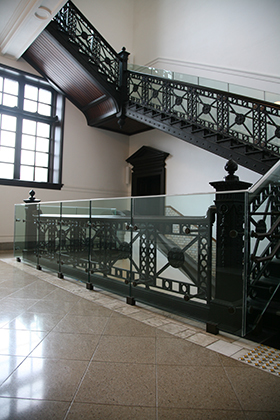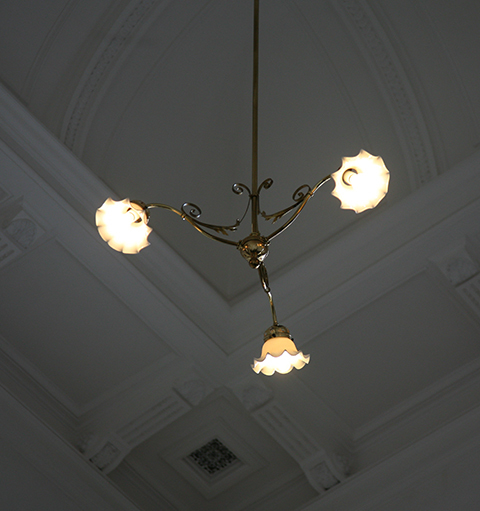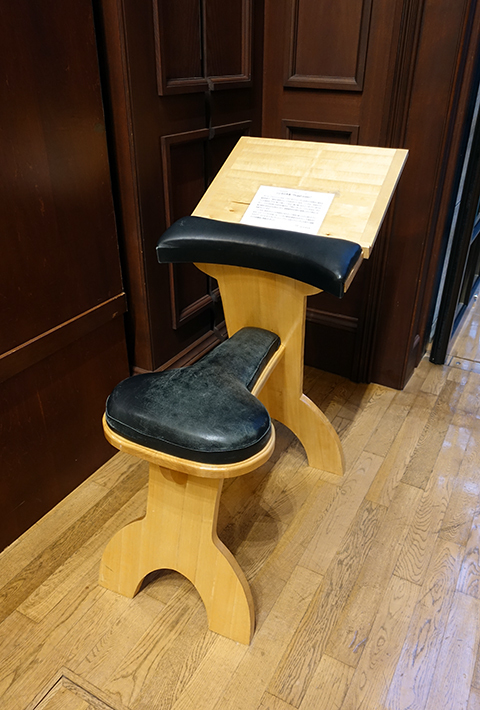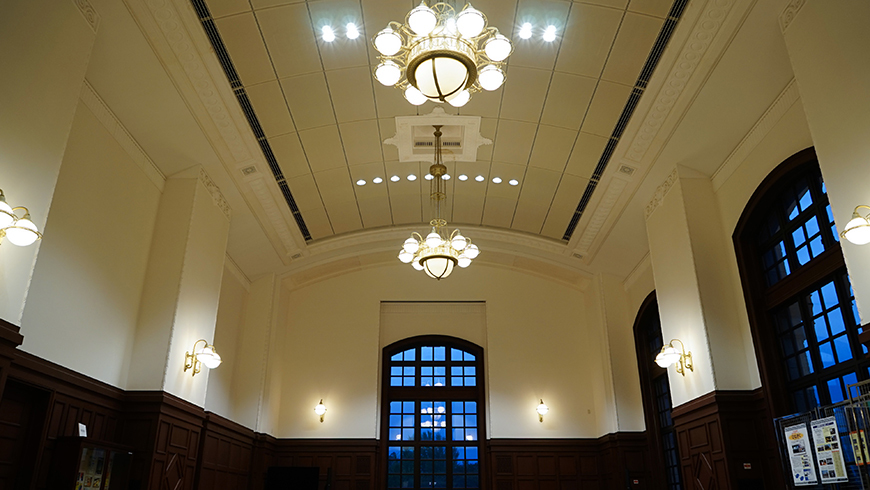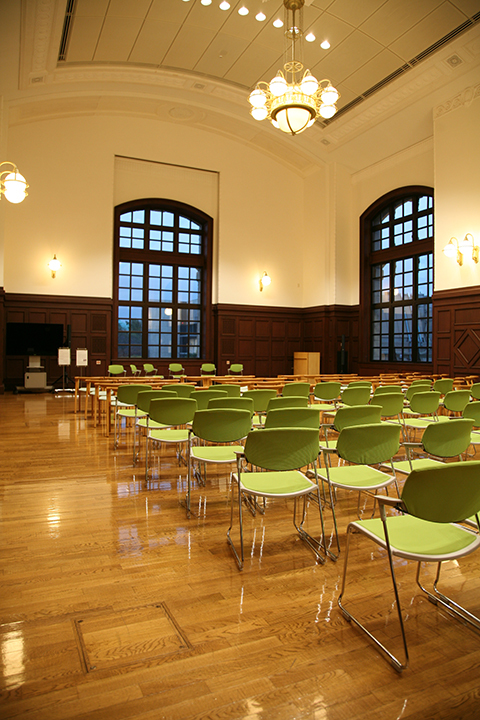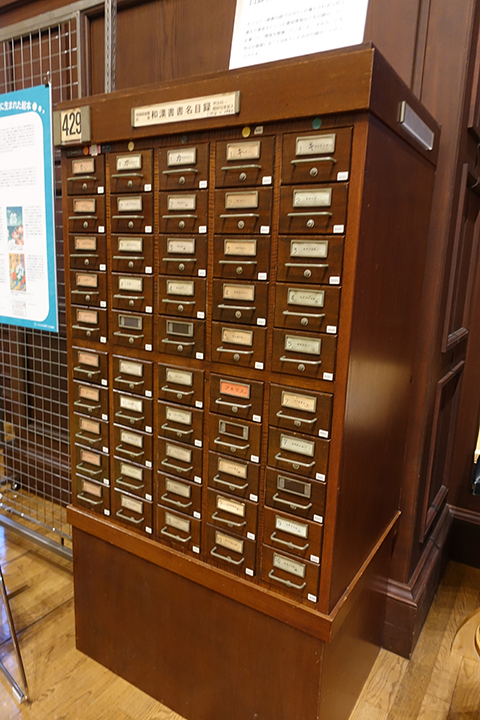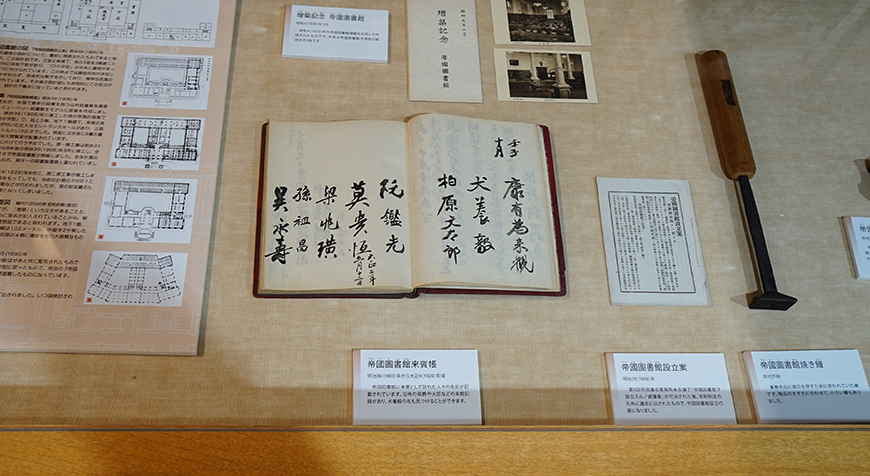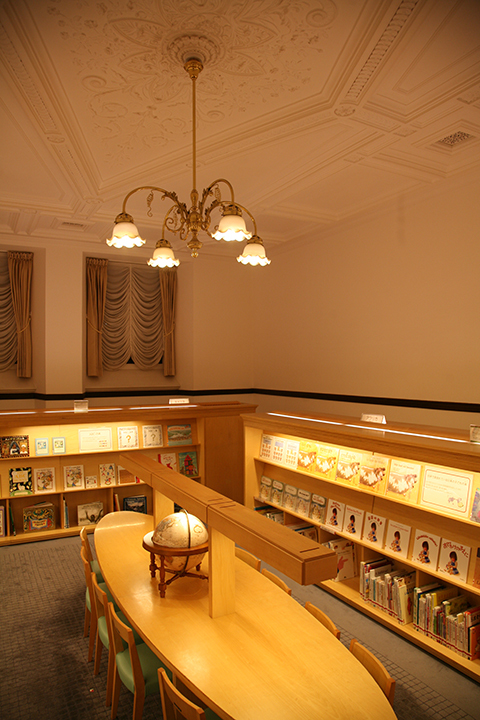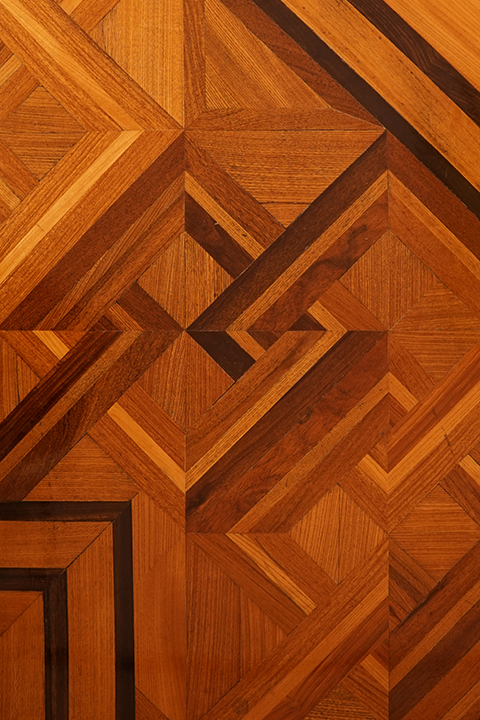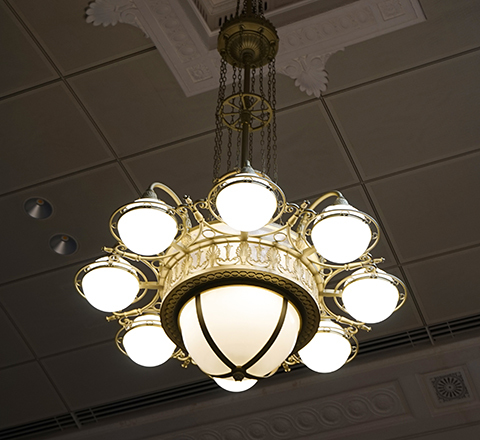The chapter "Ueno no Toshokan," or library in Ueno, in a collection of essays "Tokyo no Sanjunen," or 30 years in Tokyo, by Katai Tayama
"Later, I paid 5 sen, and entered the special reading room on the second floor. There were glass windows, white curtains, fresh verdure swaying outside, and twinkling shade. I read books and indulged in reverie all day at the window."
"Hassan Kan no Yojutsu," or Hassan Kan's black magic, by Junichiro Tanizaki
"One day in the morning, I went to the special reading room at the library in Ueno because I wanted to study the Ancient Geography of India by Alexander Cunningham and "The itinerary of Yuanchwang" by Vincent Smith in order to write that story...."
"Jijoden no Kokoromi," or attempt to write an autobiography, by Tetsuro Watsuji
"Another impressive thing when I came to Tokyo for the first time was the library in Ueno. (...) The first large, secular Western architecture in which I spent all day relaxing and reading books was that library in Ueno."
"Toshokan Genso," or library fantasy, by Kenji Miyazawa
"The ceiling of that place was extraordinarily high. I could not discern whether its entire ceiling was composed of gray shading only or completed with cold plaster...."
(continued in the lower column)
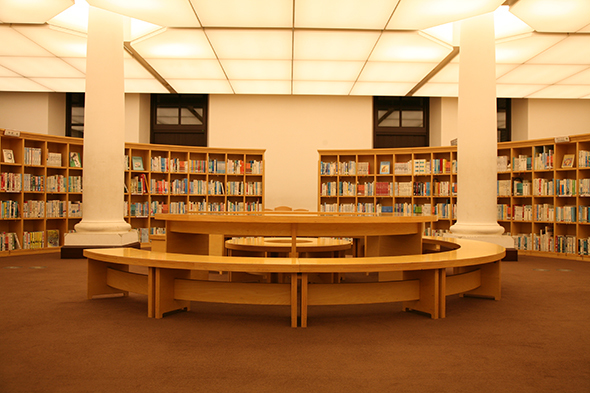
"Children's Library" in which you can read children's books intended for children of elementary school age or under
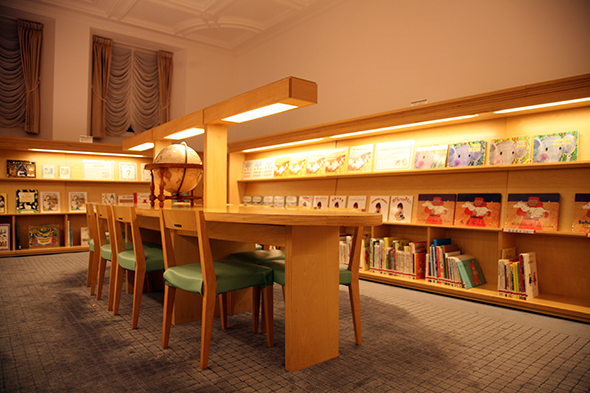
"Meet the World," a room for deepening global understanding through materials that introduce geography, histories and ethnic groups all around the world
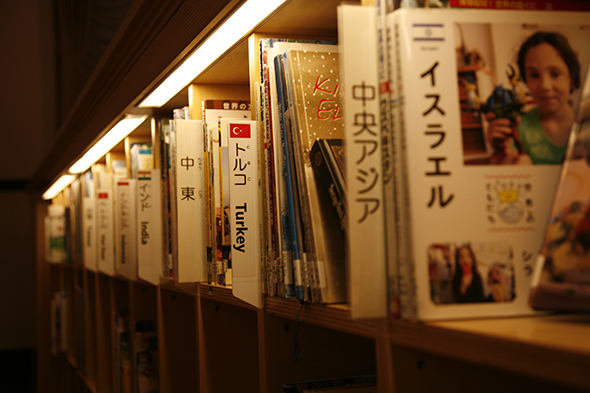
"Meet the World" was the most prestigious room used for special guests when the library was the Imperial Library, and the public could not use it for a long time. However, it was opened to the public when the International Library of Children's Literature opened. The ceiling and walls were restored by a method used in the Meiji Period, in which shell-lime, lime, red algae, fibers for plastering and other materials were mixed. Also, the chandelier was restored by plating brass with gold after measuring original parts that were stored in Tokyo Electric Power Company Holdings, Inc. The mosaic floor has a beautiful pattern that is made of zelkova with bright grain, amboyna wood with dark brown grain and ebony with black grain.














